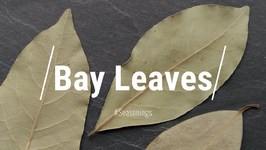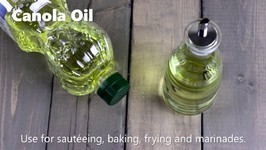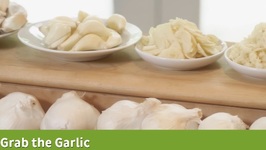All About Bay Leaves
All About Bay Leaves - What are Bay Leaves? Where are Bay Leaves from? Are Bay Leaves Poisonous? Why do you remove the bay leaf after cooking? We'll answer these questions and more about this misunderstood Herb / Spice.
AKA: Bay laurel, Roman laurel, Sweet bay, Poets laurel
Botanical Name: Laurelus nobilis
Plant Family: Laurel (Lauraceae)
Origin: Asia
- Mostly grown in Turkey
- Other leaves from the Laurel family can sometimes be found, but they have a different flavour
- Not Poisonous. Despite popular belief, supermarket / spice trader leaves can be eaten. Recipes ask you to remove them before serving, because no-one wants to get a tough and sharp leaf in their mouth during a meal.
- Bitter component, on which to build other flavours
- Simmering for at least twenty minutes, preferably longer, will release all the savoury character into your stock.
- Used in: soups, stews, rice dishes. court bouillon, Bouquet Garni, crab boil, brining meat
- Old leaves If you cant remember when you bought the bay leaves in your cupboard - they probably have no flavour.
Not to be confused with:
California Bay Leaf
AKA: Californian laurel
Botanical Name: Umbellularia californica
Plant Family: Laurel (Lauraceae)
Origin: California
Californian bay laurel, is not closely related to genuine culinary bay leaves as the common name might imply. It has a longer leaf and a stronger Flavour than other bay species. The Colour is a deeper green and the long pointed leaves have a menthol aroma on top of the more traditional bay aroma. The problem with this leaf is that the enticing aroma cooks away rather quickly, leaving behind an overpowering, medicinal taste.






















